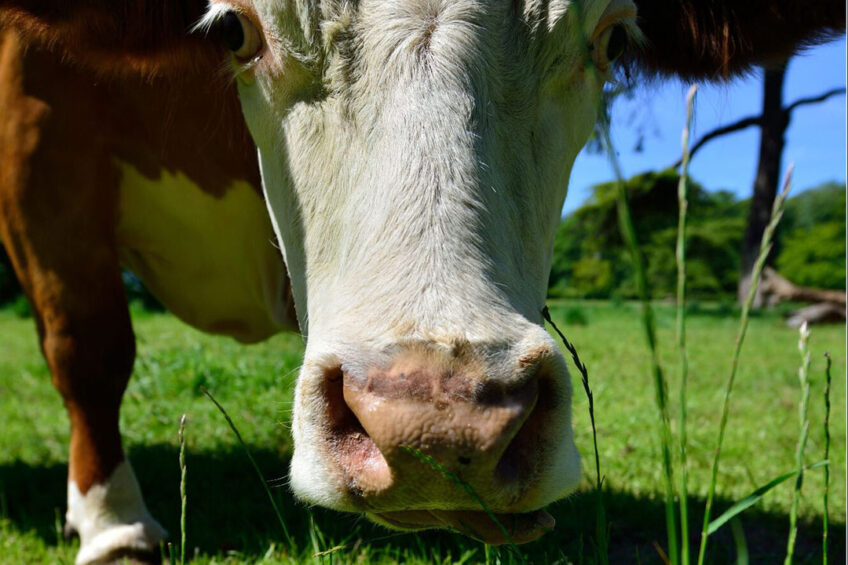Mycotoxin risk in maize on the rise amid drought stress

Dairy farmers face an increasing risk of mycotoxins when feeding maize forage this autumn and winter. It follows the extremely hot summer which has meant many maize forage crops have grown under drought stressed conditions.
The warning comes from the livestock feed and nutrition product company, Wynnstay Group plc, which is worried that mycotoxins could cause major issues for the sector.
Company dairy specialist, Beth Parry, said the limited forage stocks available due to the excessive summer heat meant farmers were going to maximise feed utilisation and digestion to ensure performance wasn’t impacted too severely.
Mycotoxins in silage
“In-field mycotoxins are more likely to be present in silages if the crop experienced any kind of stress, such as growing in drought conditions, because moulds and fungi will have more opportunity to take hold and produce mycotoxins.”
Parry said farmers should consider the impact of extreme weather during the growing season of their maize crops: “If a maize plant was under stress while it was tasseling, that will have added to the risk of in-field mycotoxins developing.
“Unfortunately, there’s no way to overcome the fact that stressful growing conditions increase the likelihood of moulds and fungi moving in and producing mycotoxins, which then remain present in the forage once it’s in the clamp.”
Mycotoxin results
Feeding mycotoxins to cows can trigger a vast range of issues including:
- Loose muck
- Poor fertility
- Swollen hocks
- Elevated cell counts
- Impaired rumen function
- Reduction in milk production per cow per day of between 0.5 and 2 litres.
“Essentially, any unexplained signs of poor health or performance can potentially be caused by the presence of mycotoxins in forage.”
If farmers have no alternative but to feed the contaminated forage due to limited stocks, the best option is to add a mycotoxin binder to prevent the negative impacts on herd health.
Parry recommends using a broad-spectrum mycotoxin binder, which will bind most mycotoxins before they are absorbed by the cow, allowing them to pass out in the muck without causing harm.
“There are some mycotoxins which can’t be irreversibly bound, so need to be transformed or degraded to prevent them causing damage.”
A mycotoxin binder put into the ration costs around 10p per cow per day, so if farmers are feeding a high-risk forage crop, it makes sense from a financial perspective, added Parry, especially when taking into account additional costs posed by a lack of action, such as abortions, retained cleansings, lower heat detection and reduced milk yields.”
Ken Stroud, Volac forage expert, added that conserving silage well could help prevent mycotoxins as well as scrupulously removing old, infected silage from clamps.
“Modern maize varieties tend to reach the optimum 30-33% harvest DM while still green. Late harvesting risks dead foliage and mould growth and higher DM% crops are difficult to consolidate, leaving them prone to heating losses from yeasts and moulds growing in the presence of air,” added Stroud.






